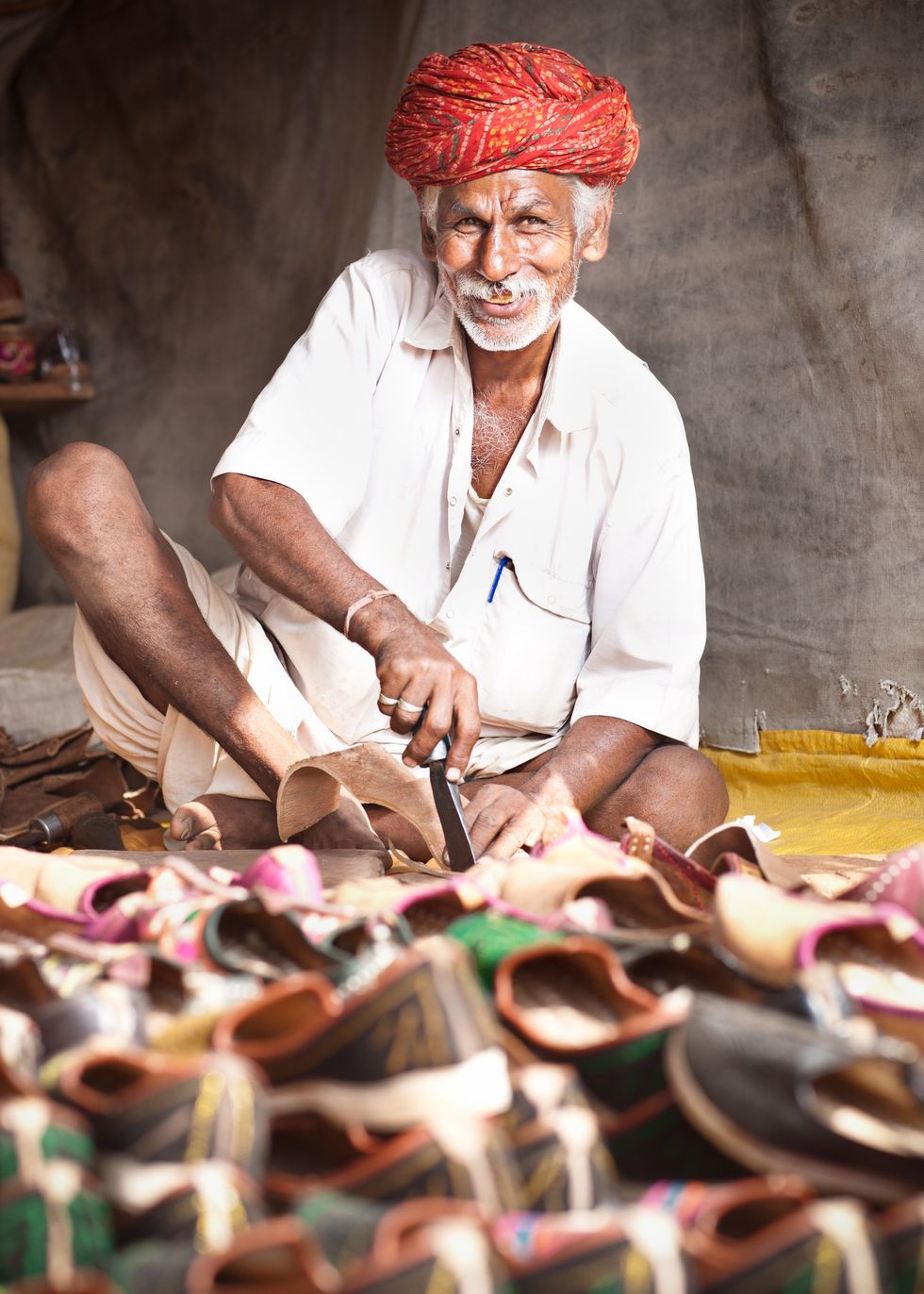JEEVANI CHARIKA’S NOVEL EXPLORES COMPLEX RELATIONSHIPS
by MITA MISTRY
HAVING lived in diverse places, including Sri Lanka, has enabled prolific writer Jeevani Charika to deliver an interesting array of work, including her latest novel A Convenient Marriage.
The versatile British-born writer, who also pens romantic comedies under the name Rhoda Baxter, has delivered another page turner with a neatly crafted novel that revolves around a young woman torn between her duty to family and life in the UK. This leads to a marriage of convenience between two unlikely individuals hiding life-changing secrets.
Eastern Eye caught up with Jeevani Charika to find out more about her latest novel, writing and inspirations.
As a writer, what draws you to a subject?
I’m usually drawn to odd situations that people (usually minor characters in films) are in. I look at them and think ‘I wonder how they feel?’. A lot of my books are explorations sparked by tiny moments. For example, This Stolen Life was sparked by that moment when your child first calls their nursery key worker ‘mummy’.
What inspired your latest book?
I wrote this book in my twenties, when some of my Sri Lankan friends were meeting partners introduced by their parents. In England, a friend of mine once met a man sitting on a park bench, crying. He told her about how he was desperately unhappy because he was in love with another man, but was married and loved his kids. These two ideas collided in my head. Not long afterwards, I was doing a creative writing exercise and (the characters) Gimhana and Chaya showed up. A Convenient Marriage is their story.
Tell us more about the story and the characters?
Chaya gave up the love of her life to avoid upsetting her family and devoted herself to her career. She doesn’t want to get married, but her family are pressuring her. Gimhana is gay, but passes for straight and needs to get married in order to progress at work. They decide that marrying each other will free them to get on with what they want to do. Together they create a perfect looking marriage, with two successful careers.
Tell us more…
But when Gimhana falls in love with another man and Chaya sees her lost love again, they have to choose between following their hearts and destroying everything they’ve built together. Gimhana has a mix of charm and vulnerability that I love. Chaya is reserved and anxious, but underneath it she’s kind and caring. As a pair, they are fun to watch.
What was the biggest challenge while writing the book?
The biggest challenge is getting the words down. With A Convenient Marriage, I was writing a story that spans 17 years, so I had to balance the different time frames. I also hadn’t written a gay man’s point of view before, so I had to ask a gay friend to look through the manuscript and check that I had not messed up.
How does this compare to your other books?
This book is always going to be special because it was the first one I wrote. It just so happens that I published 10 other books before this one was published. Reading it again to edit it, I fell in love with Chaya and Gimhana all over again. It’s also the book with the most about Sri Lanka in it. A lot of it is set in Colombo in the 1990s and early 2000s, which is a setting I knew quite well.
Who are you hoping connects with this book?
I’m hoping anyone who likes character-driven women’s fiction will like it. Chaya struggles with anxiety and depression, but to the outside world, appears to be functioning well. She keeps telling herself it’s fine and soldiering on until she breaks down. Many of us do this. If one person reads this and realises they can get help with anxiety and depression, then that would be wonderful.
What can we expect next from you?
I would like to write a story about PCOS and fertility issues, featuring Sri Lankan characters again. Obviously, these aren’t issues that are particular to Asian people, but I think we need more stories that are universal, but just happen to have main characters who are Asian. Under my other pen name Rhoda Baxter, I write light hearted rom-coms with British-Asian characters, because there aren’t enough of those around.
What according to you makes for a good novel?
A book that lets you experience the story through a characters eyes and leaves you feeling satisfied, ideally with a smile on your face.
Who is your own writing hero?
Terry Pratchett. His later books are thought-provoking and beautiful. I love that he uses the fantasy world to talk about ideas that affect people in the real world.
What inspires you as a writer?
I used to write to amuse myself. I still do, but now I’m aware of my children too. If I can help people understand other people and become a bit more tolerant, I’ll be making the world a better place for my children.
A Convenient Marriage by Jeevani Charika is out now.
Visit www.jeevanicharika.com
Twitter:@rhodabaxter





 Prada confirms Kolhapuri chappals inspired its 2026 Milan collectionInstagram/
Prada confirms Kolhapuri chappals inspired its 2026 Milan collectionInstagram/ Kolhapuri chappals have been crafted for centuries and received GI tag in 2019 iStock
Kolhapuri chappals have been crafted for centuries and received GI tag in 2019 iStock 








 Wintour also became synonymous with the Met GalaGetty Images
Wintour also became synonymous with the Met GalaGetty Images

